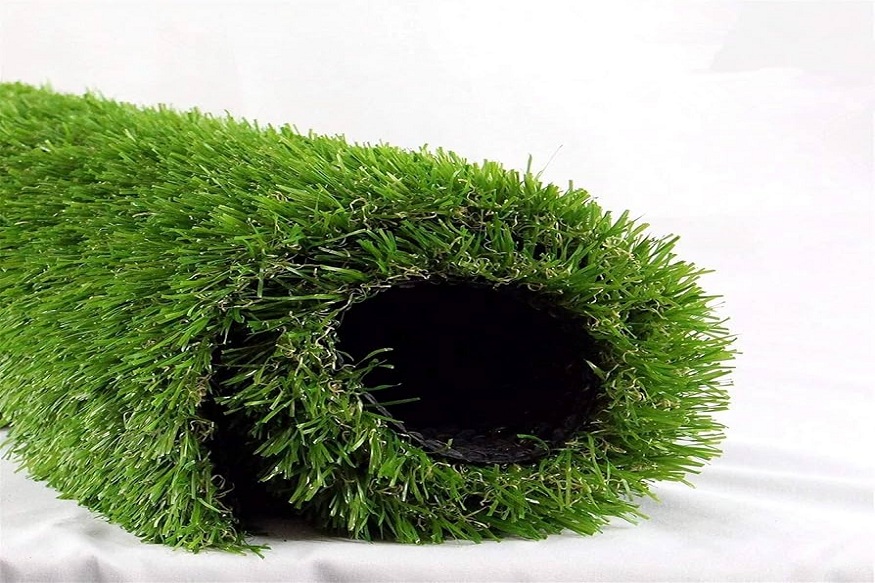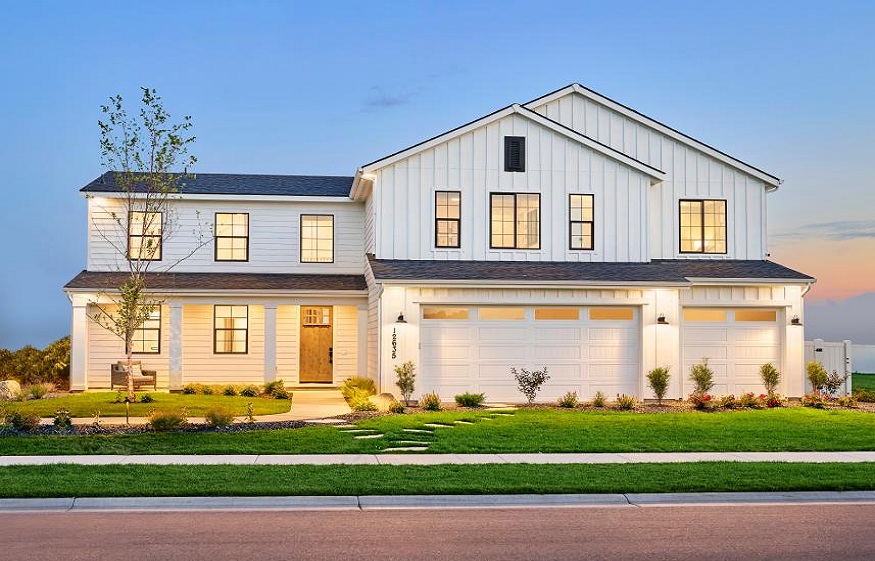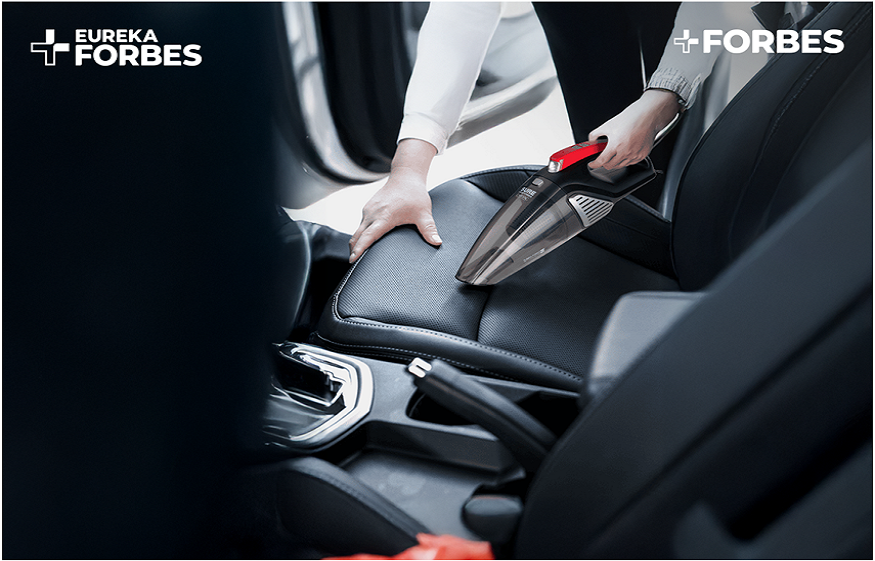Synthetic grass has transformed the way homeowners and businesses think about landscaping. With its clean, uniform appearance and low-maintenance appeal, synthetic turf offers a practical and long-lasting alternative to natural grass. But while artificial turf is known for its durability and resilience, it isn’t completely maintenance-free.
That’s why synthetic grass repairs are important to keep your investment looking fresh, functional, and safe for years to come. Let’s explore why repairs matter, what to look out for, and how to properly maintain your synthetic lawn.
Why Repair Matters
Synthetic turf systems are designed to last anywhere from 10 to 20 years, depending on the quality of the material and the conditions they’re exposed to. But like any outdoor surface, they are not immune to damage. Weather, foot traffic, pets, shifting soil, or improper installation can all contribute to visible problems over time.
Ignoring minor damage can quickly turn into a major headache. What starts as a small seam separation or lifted edge can grow into a tripping hazard, water drainage issue, or even turf failure. Timely repairs protect your investment, maintain your property’s visual appeal, and ensure safe use for people and pets alike.
Common Types of Turf Damage
1. Seam Separation
Artificial turf is usually installed in rolls or panels that are seamed together. Over time, those seams can come apart due to weather changes, repeated foot traffic, or adhesive failure. If left unaddressed, seam separation can cause visible gaps, make the lawn look uneven, or become a hazard.
2. Flattened or Matted Blades
Foot traffic—especially in play areas, pathways, or pet zones—can compress the turf fibers, leaving them looking flat and lifeless. While some matting is expected, significant or permanent flattening may require brushing or infill replacement.
3. Infill Displacement
Infill supports the turf blades and helps with drainage and comfort. If the infill gets washed away during heavy rain or moved around over time, the surface can become uneven or uncomfortable to walk on. Areas with low infill may also mat more quickly or develop drainage problems.
4. Lifted or Loose Edges
Turf edges can curl or lift away from their anchors, especially around patios, pathways, or pet areas. This not only looks unsightly but can also pose a tripping risk or allow debris and weeds to sneak underneath.
5. Weed Intrusion
While synthetic turf is designed to suppress weed growth, edges and seams can sometimes allow stubborn weeds to push through.
6. Surface Tears or Holes
These areas not only affect the turf’s appearance but may compromise the entire system if water seeps below.
Signs Your Turf Needs Repairs
It’s not always obvious when synthetic grass needs attention. Here are a few red flags to watch for:
Visible seams or separation between panels
Uneven or sunken areas in the turf
Water pooling or drainage issues
Foul odors (especially in pet zones)
Turf blades that feel thin, matted, or loose underfoot
Curling or lifting edges
Weeds or plant growth near borders
Discoloration, melting, or worn patche
Being proactive when you notice these signs can extend the life of your turf and prevent more costly repairs or replacements down the line.
DIY vs. Professional Repair
Some small turf issues can be addressed with basic tools and materials. For example, brushing matted turf or adding infill to low areas is manageable for most homeowners. Minor seam repairs or edge reinforcement may also be within reach for confident DIYers.
However, larger repairs—especially those involving drainage, sub-base issues, or widespread damage—should be handled by professionals. They have the tools, experience, and materials to blend repairs seamlessly and ensure long-term performance. Attempting a complicated fix without the proper knowledge can often make things worse, requiring even more extensive repairs later.
Preventative Maintenance Tips
Good maintenance habits reduce the need for repairs and extend the lifespan of your turf. Here are a few tips:
1. Brush Regularly
Use a stiff-bristled broom or a power brush to lift turf blades and redistribute infill. This prevents matting and maintains a natural look.
2. Clean Spills and Pet Waste Promptly
Rinse areas where pets relieve themselves and clean up spills quickly to avoid staining or odors.
3. Check Infill Levels
Over time, infill can shift or compact.
4. Inspect Seams and Edges
Give your lawn a regular once-over to catch early signs of seam separation or lifting. Early fixes are easier and cheaper.
5. Keep Heavy Items Off Turf
Avoid leaving grills, heavy furniture, or vehicles on turf for extended periods. These can damage the base layer or compress the blades permanently.
Long-Term Value of Repairs
Some homeowners make the mistake of thinking that synthetic turf is “set it and forget it.” While it certainly requires less upkeep than natural grass, responsible ownership includes occasional care and repair. These small efforts go a long way in preserving the visual appeal, functionality, and safety of your turf.
Just as you’d patch a cracked driveway or repaint a faded wall, maintaining your turf ensures your property looks its best and functions the way you intended. In many cases, timely repairs can add years to the life of your installation—protecting the investment you’ve made in a beautiful outdoor space.
Final Thoughts
Synthetic turf offers a fantastic solution for homeowners who want a green, low-maintenance yard all year long. But like anything exposed to the elements and daily use, it’s going to need a little attention from time to time. Ignoring small problems can snowball into bigger issues, but prompt, proper repairs keep your turf performing at its best.
By recognizing the early signs of damage, staying on top of maintenance, and knowing when to call in professional help, you’ll ensure your turf stays as stunning and functional as the day it was installed.
So take a moment to walk your yard. If you spot lifting seams, worn patches, or uneven spots, now’s the time to act. Because when it comes to synthetic lawns, timely care means lasting beauty.





